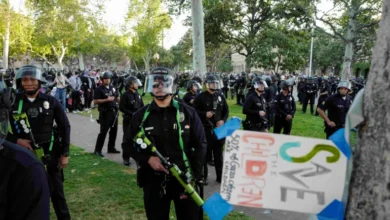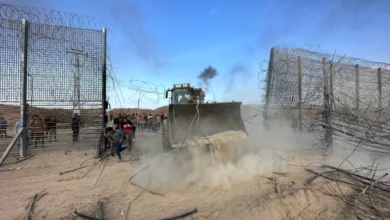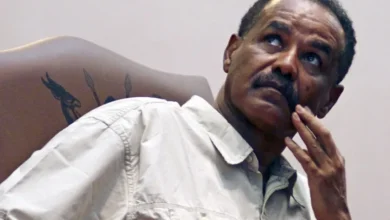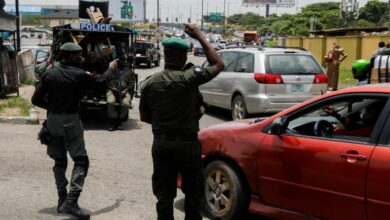Sturgeon leaves her party and movement in a state of uncertainty
Jamie Maxwell

Jamie Maxwell
Shortly before being elected leader of the Scottish National Party (SNP) in late 2014, Nicola Sturgeon embarked on a rock star-style tour of Scotland, appearing in front of packed audiences around the country, usually illuminated on stage by a row of blazing lights.
On Wednesday morning, in the more sedate Georgian surroundings of Bute House, the Scottish first minister’s official residence in Edinburgh, Sturgeon announced her decision to resign as leader of the SNP and head of Scotland’s semi-autonomous government at Holyrood.
The contrast between those two moments – one brash and celebratory, the other somber and unexpected – is stark. For the past eight years, Sturgeon’s political fortunes have been fused with those of her party and her movement. Her departure signals a deep generational shift within Scottish nationalism – a shift from which the campaign for independence may struggle to recover.
The early stages of Sturgeon’s tenure were explosively successful. Scots rejected the SNP’s raison d’être of Scottish self-government in a September 2014 referendum, but support for leaving the UK nonetheless rose to a historic high of 45 percent. After that, the SNP made a series of rapid political advances, crushing its traditionally dominant rival, Scottish Labour, in the UK general election in 2015 before winning successive devolved elections in 2016 and 2021.
Scotland’s enthusiasm for independence deepened as the compound crises of Brexit and COVID-19 chipped away at the credibility of British political elites. In response, Sturgeon positioned herself as an anti-populist liberal and ultra-competent administrator of Scotland’s devolved institutions.
When Westminster cut UK welfare spending, Sturgeon set up an alternative Scottish social security system. When Conservative ministers in London railed against immigrants and the EU, Sturgeon presented Scotland as a safe space for asylum seekers and bolstered Scotland’s ties to Brussels.
Yet even at the height of Sturgeon’s popularity – her approval rating hit 72 percent during the COVID-19 pandemic – a culture of inertia was beginning to spread within the SNP. Despite commanding a clear legislative majority inside the Scottish Parliament, the party demurred from radical social reform, and Sturgeon increasingly surrounded herself with an army of private sector consultants.
Questions were raised, too, about the way in which Sturgeon and her husband, the SNP’s chief executive, Peter Murrell, micromanaged every aspect of the party’s internal operations, often at the expense of its democratic structures. Last year it emerged that Murrell had given the SNP an interest-free loan of more than 100,000 pounds ($120,000), ostensibly to assist with “cash flow” issues.
Simmering internal tensions broke out into the open in 2019 and 2020 when Alex Salmond, Sturgeon’s predecessor as SNP leader, faced multiple accusations of sexual assault dating back to his time as first minister. Salmond was acquitted of all charges in court but went on to launch a conservative breakaway party, Alba, which has since relentlessly attacked Sturgeon from the right, particularly over her efforts to update Scotland’s gender recognition laws.
The sense that Sturgeon was losing her grip on the Scottish political landscape intensified last year when the UK Supreme Court delivered a landmark ruling on independence.Holyrood, the court said, did not have the constitutional authority to stage a second referendum on Scotland’s constitutional future – the SNP’s central political goal since Brexit. Instead, Scotland would have to secure Westminster’s permission before any such vote could be held, the judges said.









